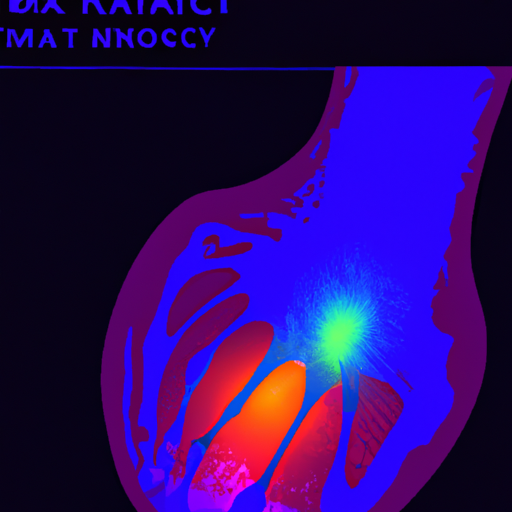The Discovery of X-rays: Transforming Medical Diagnosis and Treatment

The Discovery of X-rays: Transforming Medical Diagnosis and Treatment
In the field of medicine, one of the most profound and transformative discoveries in history was the accidental discovery of X-rays. This groundbreaking finding revolutionized medical diagnosis and treatment, providing doctors with a non-invasive tool to visualize the human body's internal structures, leading to more accurate diagnoses and improved treatment methods.
The discovery of X-rays can be traced back to the late 19th century when a German physicist named Wilhelm Conrad Roentgen was conducting experiments with cathode rays. In his laboratory in 1895, Roentgen noticed that a sheet of paper coated with a fluorescent material began to glow when exposed to these rays. Intrigued by this observation, he conducted further experiments and made the astonishing revelation that the invisible rays he had stumbled upon were capable of penetrating various solid objects, including the human body.

Roentgen named these mysterious rays "X-rays" to reflect their unknown nature. He published his findings, not fully comprehending the enormous impact this discovery would have on medical science. Within weeks, X-rays became the subject of worldwide fascination and intense scientific research.
The significance of Roentgen's discovery was swiftly recognized within the medical community. Before the advent of X-rays, diagnosing internal injuries or diseases relied heavily on physical examinations and invasive procedures. Physicians had limited options to examine the internal structures of the body, resorting to exploratory surgeries or relying solely on patient descriptions. This not only brought about unnecessary pain and suffering for patients but also limited the accuracy of diagnoses.
With the newfound ability to penetrate and capture images of the human body's interior, X-rays became an invaluable diagnostic tool. By passing X-rays through the body and capturing the resulting shadows on specialized photographic plates or digital sensors, doctors could now identify fractures, tumors, and foreign objects with unprecedented clarity and precision. X-rays provided a non-invasive alternative to exploratory surgeries, reducing patient discomfort and risk while facilitating quicker and more accurate diagnoses.
The diagnostic benefits of X-rays rapidly transformed medical practices worldwide. Radiology departments were established in hospitals, where specialized X-ray technicians and radiologists employed this cutting-edge technology to unravel the mysteries hidden within the human body. X-rays became an integral part of routine medical assessments, enabling doctors to pinpoint fractures, detect lung diseases, and analyze bone density, just to name a few examples.

Over time, X-ray technology has continued to evolve, progressively enhancing its diagnostic potential. Computed Tomography (CT) scans emerged as a more advanced form of X-ray imaging, providing doctors with cross-sectional images of the body. This three-dimensional visualization greatly assisted in diagnosing intricate conditions and planning surgeries. Additionally, the development of Fluoroscopy allowed real-time X-ray imaging, enabling the observation of the body's functioning systems, such as the digestive or cardiovascular systems.
Beyond diagnosis, X-rays have also revolutionized treatment methods in the field of medicine. Radiation therapy, a powerful cancer treatment, uses controlled doses of X-rays to target and destroy cancer cells. This technique has greatly improved the survival rates and quality of life for many cancer patients.
However, it is essential to acknowledge the potential risks associated with X-ray exposure. While the doses used in diagnostic imaging are generally low and considered safe, prolonged and frequent exposure to X-rays can lead to adverse effects such as radiation sickness, tissue damage, or even cancer. Medical professionals continually strive to balance the benefits and risks, advocating for prudent use and adequate radiation protection measures.
In conclusion, the accidental discovery of X-rays by Wilhelm Conrad Roentgen marked a turning point in medical history. This scientific breakthrough transformed the field of medicine, providing doctors with a non-invasive and highly effective tool for diagnosing and treating various conditions. From enhancing diagnostic accuracy to enabling targeted cancer treatments, X-rays have significantly improved patient outcomes and revolutionized medical practices. As technology continues to advance, it is likely that the impact of X-rays on medical care will only continue to grow, benefiting patients for generations to come.






